A strategy is a way you can tackle a problem. In math, there are often many strategies you use to solve a problem. These strategies can all give you the correct answer! Just pick the one that makes the most sense to you.
To better understand strategies…
LET’S BREAK IT DOWN!
Counting all to find a sum.
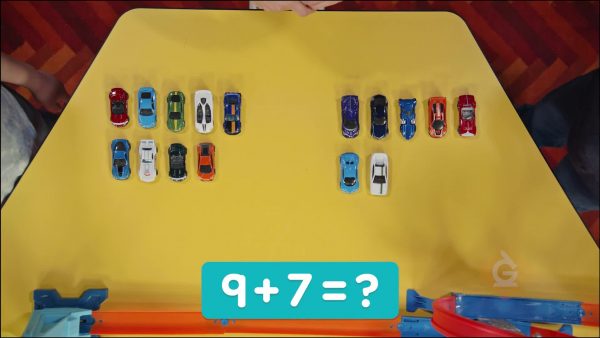
You have 9 toy cars and 7 toy cars. How many cars do you have in all? 9 + 7 = ? You can count all of the cars to find the sum. 1, 2, 3, 4, 5, 6, 7, 8, 9, 10, 11, 12, 13, 14, 15, 16. There are 16 cars in all.
Make a ten to find how many cars.
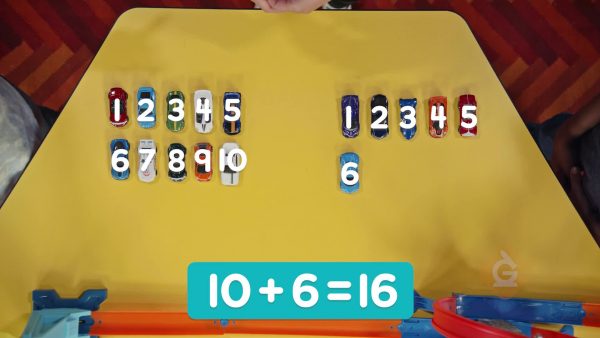
Counting all of the cars will get you the correct answer but it takes a long time. Especially when numbers get bigger! You can make a ten to find how many in all. 9 + 1 = 10, so take 1 from 7 and add it to the 9. That leaves 6 left. So, 9 + 7 = 10 + 6. There are 16 cars in all.
Use doubles facts to add spots.
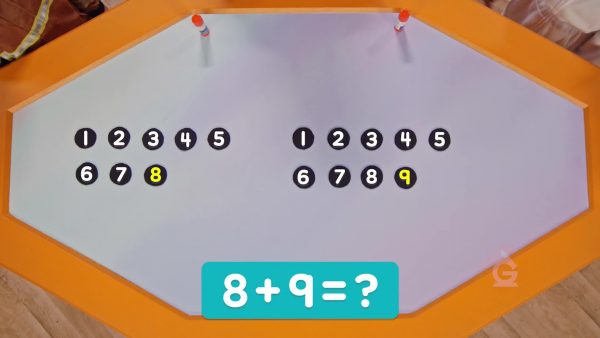
A Dalmatian has 8 spots and 9 spots. How many spots in all? 8 and 9 are close to a double. 8 + 8 = 16. 9 is 1 more than 8. So 8 + 9 is the same as 8 + 8 + 1, or 16 + 1 = 17. There are 17 spots in all.
Count to compare cherries.

A jar has 15 cherries. You use 9 cherries. How many cherries are left? You can count back from 15 to 9 find the difference. 14, 13, 12, 11, 10, 9. You can also count on to find a difference. Count on from 9 to 15. 10, 11, 12, 13, 14, 15. You counted 6 numbers both ways. There are 6 cherries left.
Make a ten to subtract.
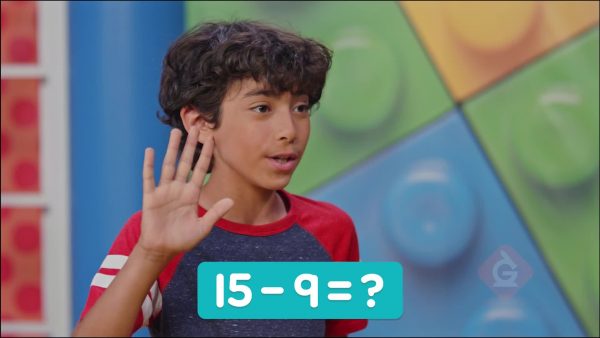
You can make a ten to subtract. Start with 15 cherries. 15 is 10 and 5 more, so break 9 into 5 and 4. Subtract 5: 15 – 5 = 10. Then subtract 4 more. 10 – 4 = 6. So, 15 – 9 = 6.
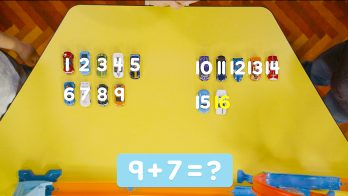








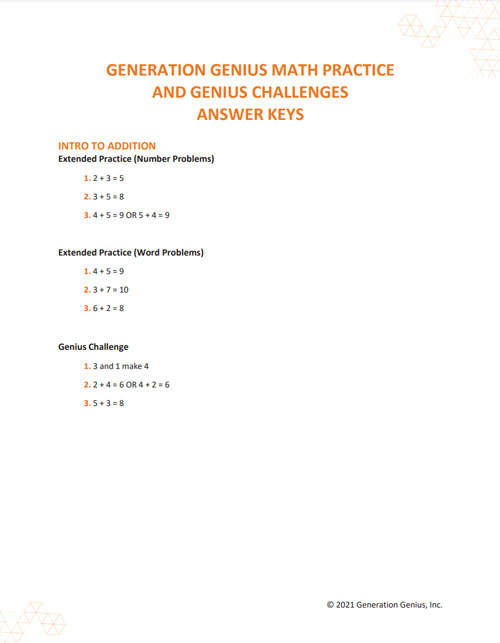























































































































 Select a Google Form
Select a Google Form






 GENERATION GENIUS
GENERATION GENIUS




